Case CX350B, CX370B Crawler Excavator Service Manual
$35.00
Manual Included:
– Service Manual: 1484 pages
Specifications:
– Brand: New Holland
– Model: CX350B, CX370B
– Type: Excavator
– Manuals: Service Manual
– Publication Numbers: 47945155 (Nov 2015)
– Language: English
– Format: PDF
Table of Contents
- General Information
- Engine
- Fuel System
- Electrical Systems
- Undercarriage
- Drive Train
- Upper Structure Hydraulics
- Upper Structure
- Hydraulic Schematics
- Electrical Schematics
Product Overview: Pressure Boost Control
The Pressure Boost Control system enhances operational efficiency by automatically adjusting the hydraulic pressure based on load conditions. This sophisticated mechanism ensures optimal performance, especially during high-demand tasks.
Key Features
- Dynamic Boost Control: Automatically increases main relief valve pressure from 34.3 MPa to 36.8 MPa when high-load conditions are detected.
- Mode-Specific Control: In SP or H work modes, the boost activates for up to 8 seconds. In contrast, the A work mode allows for continuous pressure boosting without time restrictions.
- Sensitive Load Detection: The system is adept at monitoring engine load ratios and pump pressures to activate boost when necessary.
- Operation-Triggered Boost Suspension: Automatically halts boost when certain conditions, such as operation stops, are met.
- Travel and Breaker Restrictions: Prohibits boosting when travel sensor is on or during breaker use, ensuring safety and equipment integrity.
Benefits
- Enhanced Performance: Ensures machinery operates efficiently under varying load conditions, maximizing productivity.
- Energy Efficiency: Adjusts pressure dynamically to prevent unnecessary energy consumption.
- Increased Equipment Lifespan: System intelligently manages pressure to reduce wear and tear on hydraulic components.
Usage Recommendations
- Optimal Work Modes: Utilize SP or H modes for temporary boosts and A mode for continuous boosting when necessary.
- Monitor Load Conditions: Ensure engine and pump pressures are within operational parameters for maximum system effectiveness.
- Avoid Prohibited Conditions: Disable boost during travel or breaker operations to maintain system safety.
Only logged in customers who have purchased this product may leave a review.
Related products
$33.50
$33.00
$35.00
$34.00
$34.50
$34.00

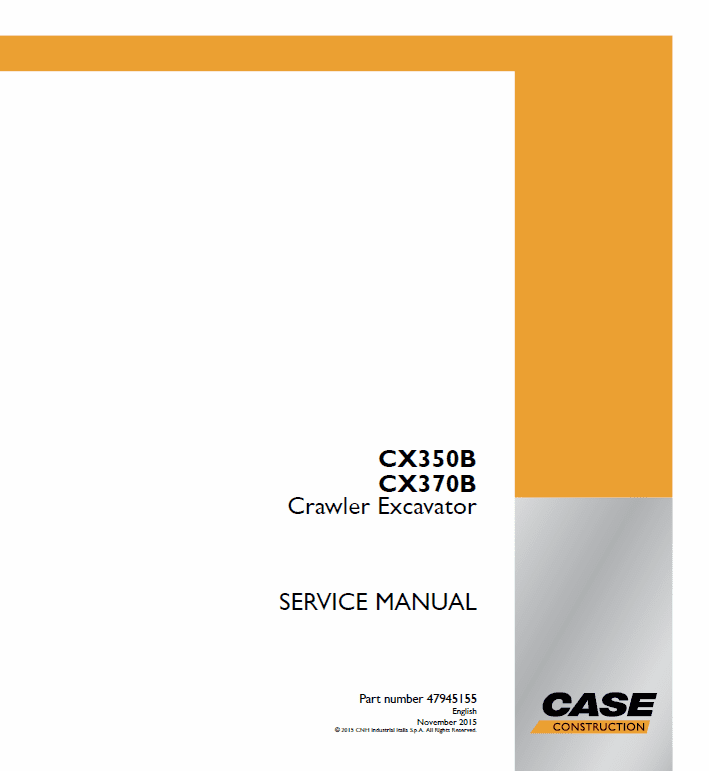
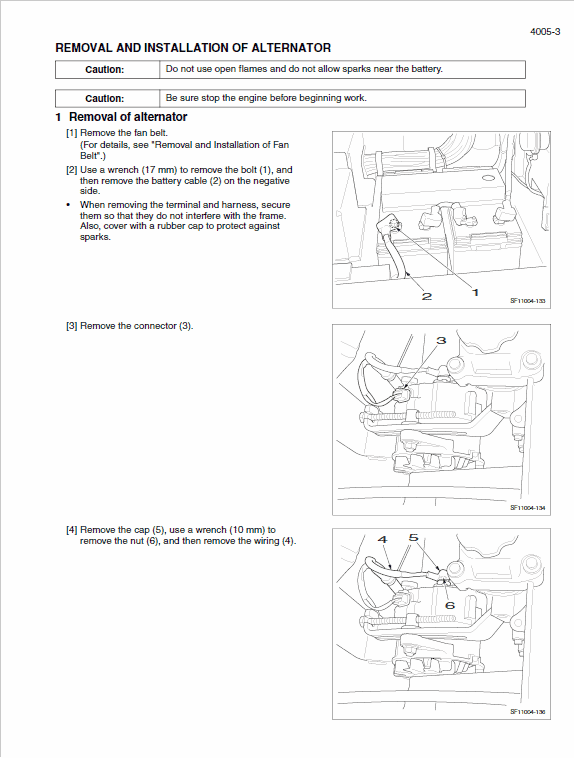
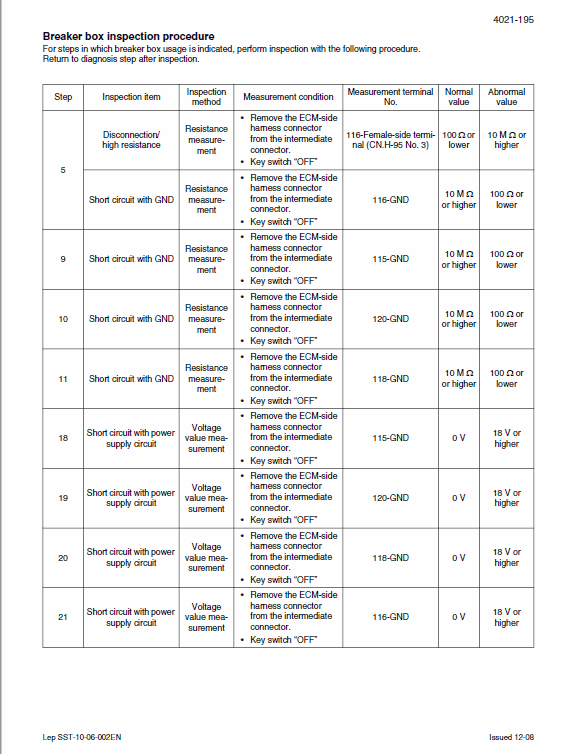
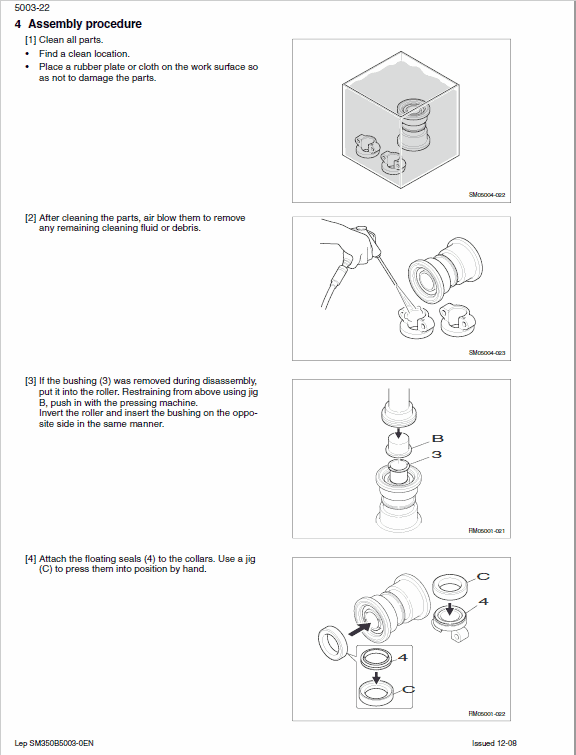
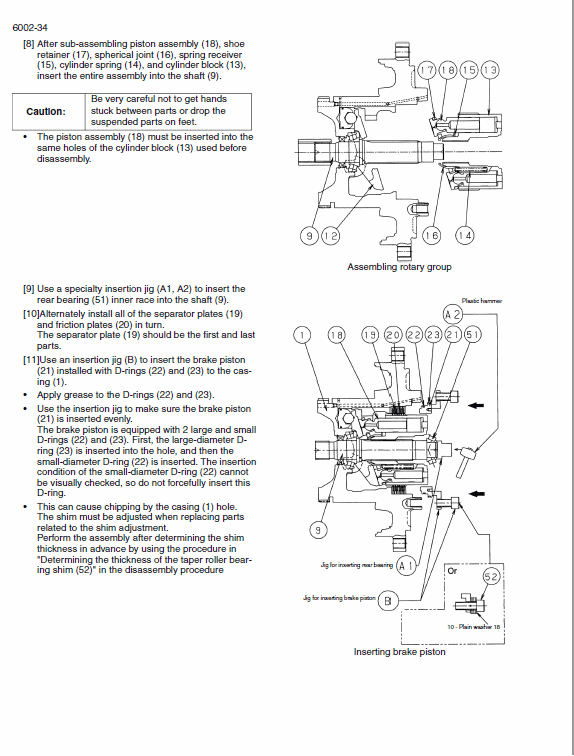
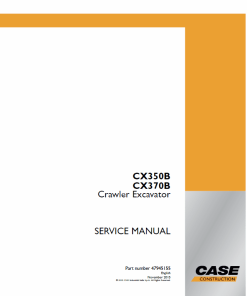
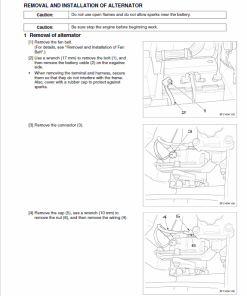
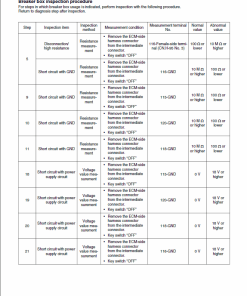
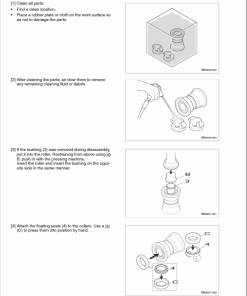
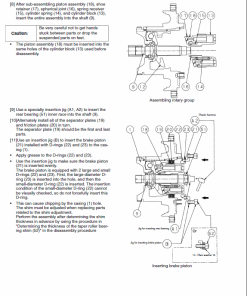
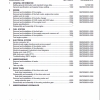
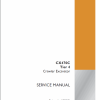
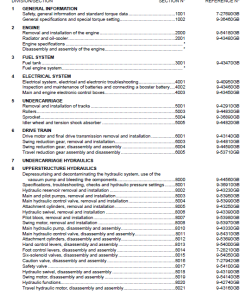
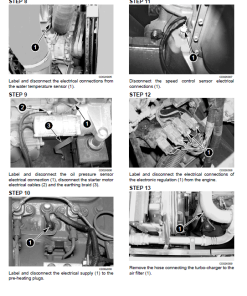
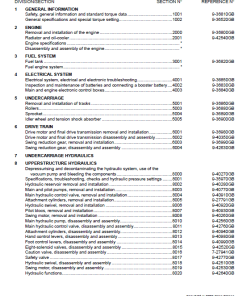
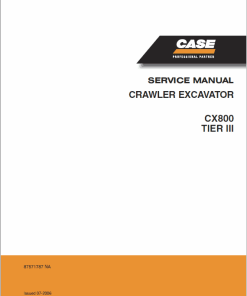
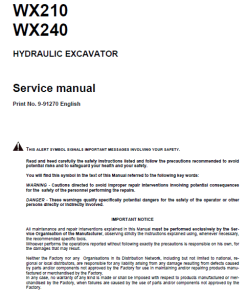
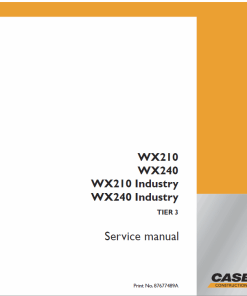
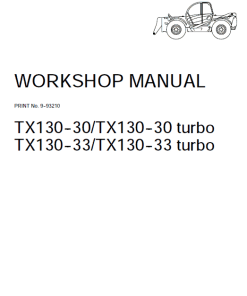
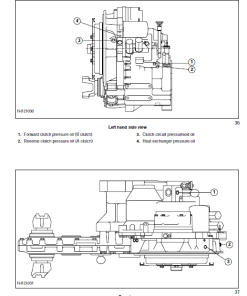
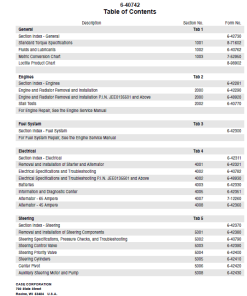
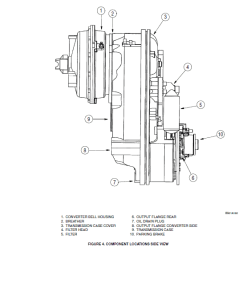
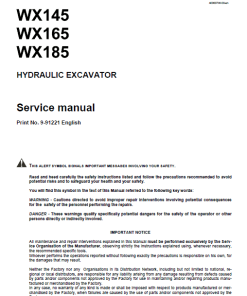
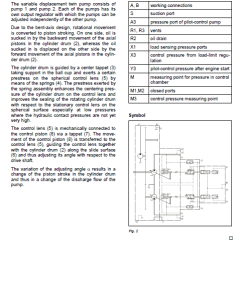
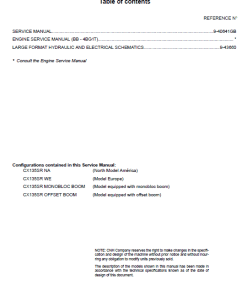
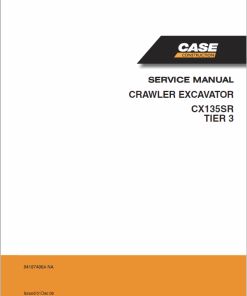
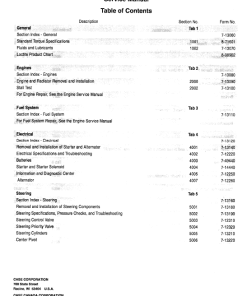
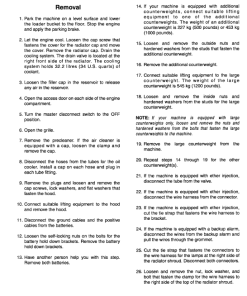
Reviews
There are no reviews yet.